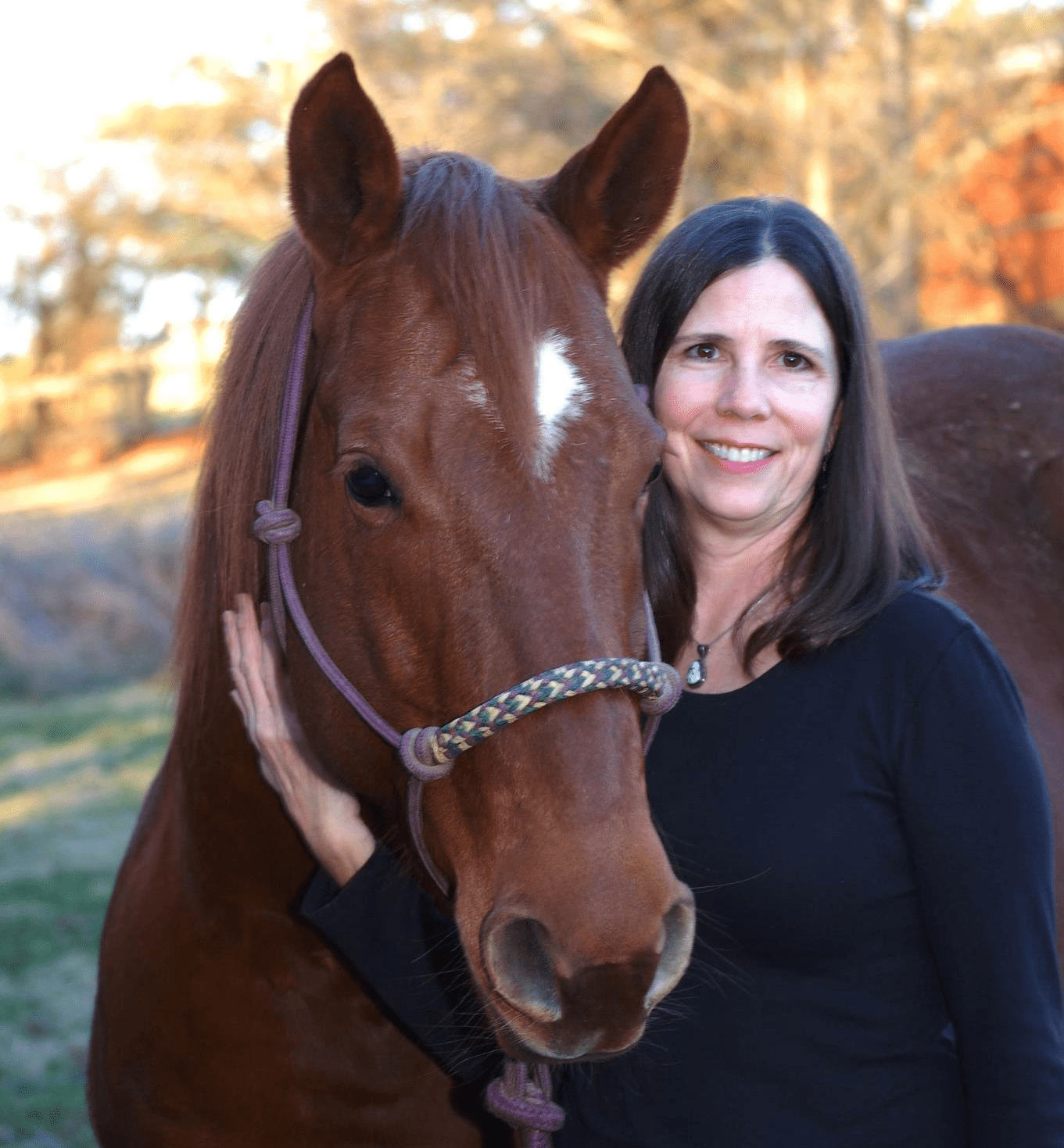Spring Syndromes Theories
A meeting of the Kentucky Association of Equine Practitioners on March 7 brought together six of the leading researchers/investigators dealing with mare reproductive loss and other syndromes seen in the spring of 2001 in central Kentucky and
A meeting of the Kentucky Association of Equine Practitioners on March 7 brought together six of the leading researchers/investigators dealing with mare reproductive loss and other syndromes seen in the spring of 2001 in central Kentucky and surrounding areas. Each presenter had only 12 minutes to distill his/her ideas to the audience of mostly veterinarians. Each sounded reasonable as presented, although some sparked more controversy than others among the audience. The only clear-cut opinion after the meeting was a new optimism that yes, this mystery could be solved with the clues that have been and will be put together by these researchers and through the input of clinicians.
One thing that was noted was the overlap in clinical signs from the various theories. Several things can cause the same physiologic results, such as fetal death, pericarditis (heart problems), and uveitis (eye problems). The spike in incidence of physical and reproductive problems indicated that whatever the cause, it came and went quickly and is no longer present in the environment. The timeframe surrounding the problems seems to point toward to a strange weather pattern being an inciter, whatever the cause. There also was consensus that whatever caused the heart, eye, and reproductive problems probably was dose-related or immune-status related since some horses were affected in a field where their pasturemates were not affected in any way.
The reports from the researchers also were varied enough to make everyone consider that there might have been more than one “cause.” It was emphasized that there is a variation in how species react to outside influences, whether they be molds,mycotoxins, or other toxins (whether from trees or grasses). Unfortunately, much of the research in textbooks on potential causes–such as mycotoxins–was done in other species, and those results might not be the same in horses as in cattle, sheep, and swine
Create a free account with TheHorse.com to view this content.
TheHorse.com is home to thousands of free articles about horse health care. In order to access some of our exclusive free content, you must be signed into TheHorse.com.
Start your free account today!
Already have an account?
and continue reading.

Related Articles
Stay on top of the most recent Horse Health news with


















